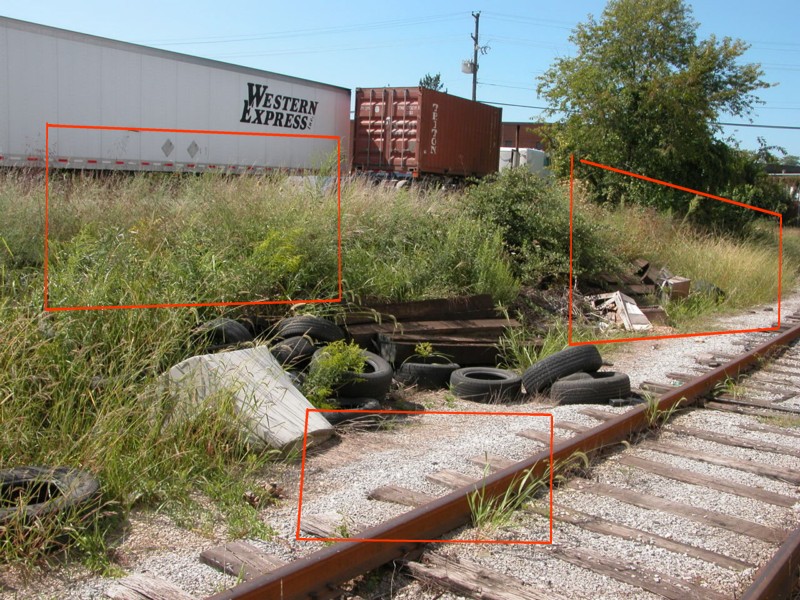
The smoother we can make the transitions from one color to the next, the less defined the boundary lines, the better subjects such as scenery and structure weathering will look.
One of the most important steps in improving a specific modeling skill, and it’s a hard one, is recognizing the subject is something that deserves attention in the first place. You can’t improve something if you aren’t aware it even exists! Case in point is how we handle color transitions, how smooth or sharp the flow is from one color to the next. Mastering this skill is exceptionally difficult but, the better you get at it, the more refined and advanced your work will look.
Examples where this comes into play are: bare soils, vegetation, the lines between soil and vegetation, pavement coloring, and structure weathering. Nothing is absolute but, in general, the flow from one color to the next with the scenery subjects we model is very, very subtle. In this same vein, in most cases we are dealing the numerous colors, all very close to one another on the spectrum, that gently flow from one into another. Rarely, if ever, are we dealing with a single solid color. For example, a street isn’t a uniform gray, it’s dozens of shades of gray.
The end goal, and again I’m not saying it’s easy, is to get away from harsher more defined lines when working with scenery and structure weathering.

Note the very subtle transitions in the two boxes at the top. There are no defined lines in the pavement color shifts. Note the number of gray shades in the pavement and gravel. Note the feathering of the grass into the ballast in the bottom box.

Mother nature is very complex. Note the color transitions from green to beige in the tall grass. Note the number of colors and transitions in the bottom box.
I can’t say I’ve mastered this myself. One thing that helps is application technique. For example, applying material with a sifter as opposed to pouring it from a cup. Just being aware of the vast number of colors, all very similar in hue, is important. Using smoother, delicate brushes (such as a ‘fan’ brush), gives you more control. Beyond that I think it comes down to practice, practice, practice.